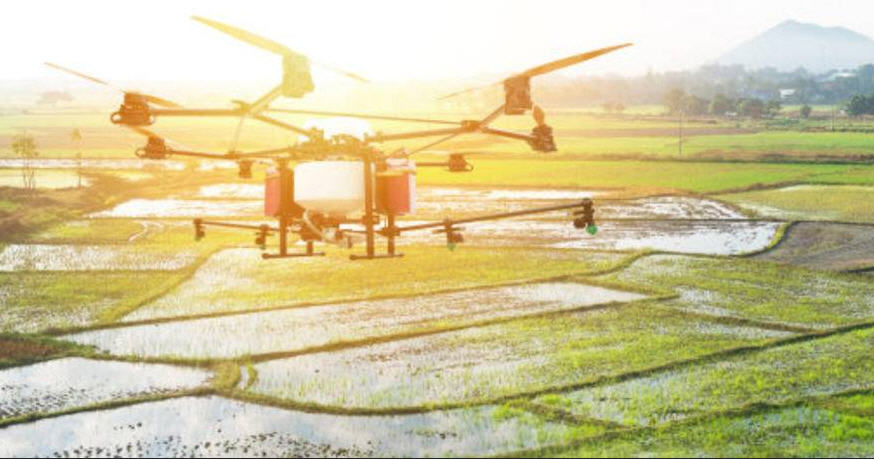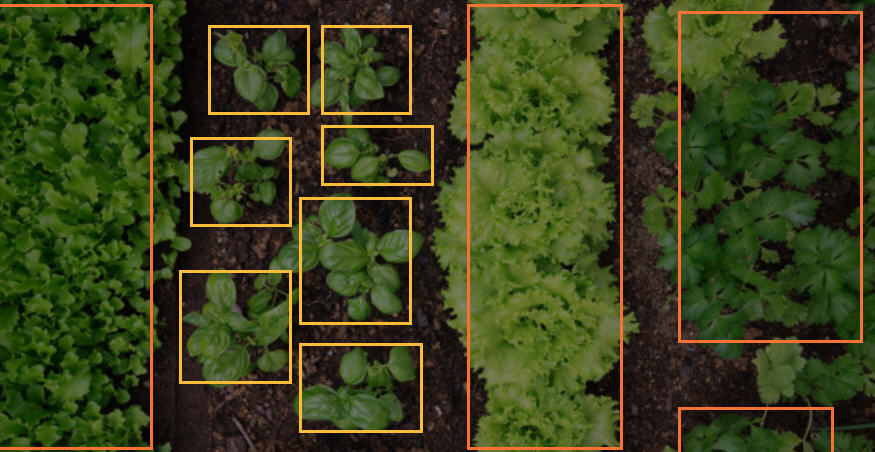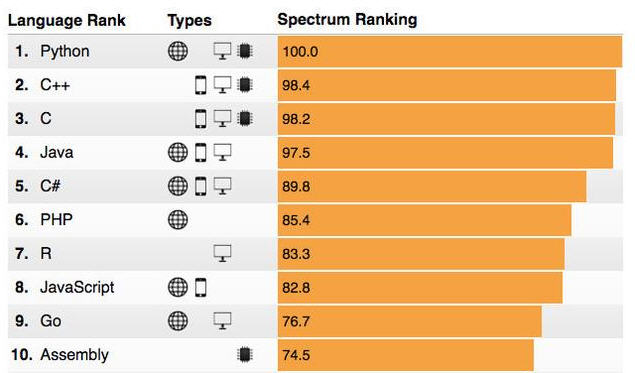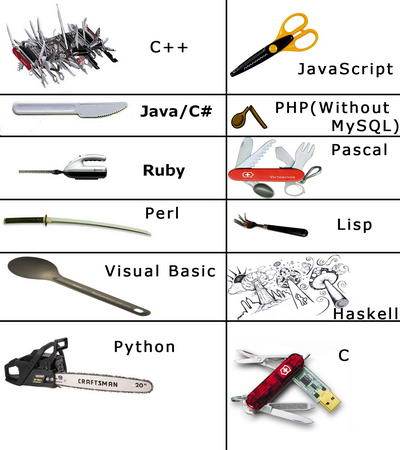Artificial intelligence
In the past few years you have heard the words “artificial intelligence” in many different places: Alpha Go, which can play Go; Google’s voice assistant, which can call to order food; Amazon’s Alex, which can open TV, play music .
But in fact, very few people come forward to explain clearly, what is artificial intelligence?
A streamlined answer is this: Artificial intelligence is the use of machines to do things that only people could do in the past. Scientists have classified these things: reasoning, planning, learning, communication, perception, movement.
Use machines to do things that only people could do in the past. This sentence sounds simple, but if you look at history, you would not think so.
Since the birth of human civilization, we have probably experienced: the Stone Age, the Iron Age, the Machine Age, the Electrical Age … Today, the most critical milestone should be the “Machine Age”, which is what we often see in history textbooks “The Industrial Revolution”.
Why do you say that? All along, as the creators of value, we have always had two ways of creating value: one is manual labor and the other is mental labor. When the industrial revolution comes and we enter the machine age, manual labor is less important and the income of mental workers is improved. Everyone started to enter the factory and into the office.
“Machines do things that only humans could do in the past”, and humans can only play the abacus of mental work. What makes a person is what we need to spend more time thinking about.
Artificial intelligence technology
In the 1940s, almost at the same time as the computer was invented, some people began to study this field. Since then, it has been obscured.
There is a law in the development of technology: the last month is still unknown, but once it breaks through a certain critical point, you can see it in life next month.
Things started to change dramatically more than ten years ago. In 2006, the emergence of deep learning algorithms, which pushed artificial intelligence to take a big step forward. Because of this big step, the rapid development of artificial intelligence like a blowout seems to have entered thousands of households overnight. All the cases we mentioned earlier all come from this.
In fact, since 2006, no underlying technology with such a huge influence has appeared. However, we have heard more and more information about “artificial intelligence” in recent years. This is because technology is applied to life.
In the future, there will be more applications. In it, it contains huge opportunities.
Let ’s take an example: we said earlier that artificial intelligence requires machines to do things that only humans used to do. There is a part in it called “perception”. In “perception”, there is a very important part is “image recognition”. In layman’s terms, it means that the computer can “perceive” the image like a human, and it can understand the picture.
In the old camera, it could not understand the picture. In its eyes: the rose is just a combination of a bunch of images and shapes. It is no different from the moon and no different from the bear.

You may be wondering, what is an algorithm? To make an analogy: We humans need “learning methods” to learn things. The same is true of computers, and we can understand “deep learning algorithms” as “learning methods” of computers. In the past, it has never had a good learning method. Now that we have it, we can learn something from it.
Let’s take a picture of 10,000 roses to the computer and tell it: Remember, this is a rose. With the help of algorithms, the computer calculates the common law of these 10,000 roses. It learns and remembers this law. When we go to show the computer the tenth and a thousandth photo. It makes a judgment: this picture basically conforms to the law I remembered before, and it has a 99% probability of being a rose.
So, it said: This is a rose.
Let the computer say: this is a rose. This may seem like a trivial thing, but it is a beginning.
We feed it more data: roses, ladders, faces, bread … let it calculate, learn, remember. Image recognition is like this: from now on, the computer can read the pictures.
Just because the computer can’t read the pictures, we still have to find ways to apply the technology to life scenes, so that it can create value.
As we said before, unmanned shopping requires image recognition technology: responsible for identifying the goods taken by the customer, identifying the customer ’s face for security, and responsible for scanning the code to complete the payment … Below, I want to give you a few A case: An image recognition technology alone, in what areas can it be used.
It can be used to fight pesticides.
With image recognition technology. You can use a drone with a camera to spray pesticides instead.

In our eyes, the farmland looks like this:

But in the eyes of drones, things look like this:

Which is the weed, which is the crop, at a glance. Pesticides are only applied where they should be. In this way, one is to improve the efficiency. It takes about two hours for two drones to spray pesticide on a farmland of about 100 acres. One is to reduce pesticide residues, which can save more than 90% of pesticides compared to the previous flooding scheme.
Another scenario is medical. As our standard of living improves and the average life span is extended, the incidence of cancer also rises. Normally, we go to check the body, to take a film, and then the doctor took it and told you: I am afraid it is not a cancer.

But now, we can let the computer do the movie. In fact, at present, artificial intelligence is already more powerful than humans in identifying early cancer.
Here we have to think about something: a doctor who wants to grow up to be able to diagnose cancer has to read many years of books and accumulate years of clinical experience. But for machines, this cost is too low.
You can see that the machine does not need to imitate the way people do things, the machine only needs to imitate, or even surpass the results of people doing things, which is enough.
You can also see that it is also an image recognition technology, which can be applied to various seemingly unrelated scenes. At this time, it can create great value. We can get an equation: artificial intelligence = algorithm + data + application.
Faced with artificial intelligence, what can we do?
According to this equation, we can play, in this wave of opportunities in artificial intelligence, what can we do?
Algorithm, this is a good idea. But the threshold is quite high. You have to learn the knowledge of mathematics and computer science, at least you have to read a research knowledge. From shallow to deep, the relevant content will probably be: Python programming, crawlers, data mining, advanced mathematics, machine learning, deep learning …
Data … Doing artificial intelligence does require a large amount of regular data. However, in the hands of ordinary people, it is difficult to have a large amount of data that can train algorithms. These data are often controlled by large Internet companies, such as: Google has search data, Facebook has social data, and Amazon has business behavior data …
Big companies hire high-paying talents for algorithms, and big companies have data. So, as you can see today, artificial intelligence technology is basically provided by these big companies. With the help of data and algorithms, Google and Facebook provide precise advertisements, earning tens of billions of dollars in profits each year; Amazon ’s cloud computing provides technical services to countless small and medium-sized companies, and supports the market value of nearly trillions of dollars.
But this does not mean that ordinary people have no chance in front of artificial intelligence. At least for applications, there is still much to be done. Moreover, the sooner you participate, the better your first-mover advantage.
You only need to know some basic programming skills, you can call the artificial intelligence technology that has been developed, and apply it to your industry. Let technology replace and help people to work. It can reduce costs and increase profits, it is profitable. It’s like applying image recognition to agriculture, medical treatment, etc.
Do technology or application? This is an issue we need to consider now. But there is a certain proposition-programming, which should be learned. If our goal is to learn to transfer existing technology and develop programming thinking. That’s actually quite simple …
And learning to program is more than artificial intelligence. You can use code to automate many of your usual tasks: image processing, document processing, market analysis, web crawlers, data analysis …
Choose Python
With so many programming languages, which shovel should I choose?
Answer, that is what you have already contacted, Python.
There are many programming languages, but if the purpose of learning programming is to participate in the wave of artificial intelligence, then the first choice is Python. Choosing Python is not only safe but also necessary.
After all, it is the leading language in the era of artificial intelligence, which is something that has been agreed in the technical world.
The Python language helps artificial intelligence develop faster, and the development of artificial intelligence drives more people to learn Python. From beginning to end, they are complementary to each other.

(The fifth annual programming language list released by the International Federation of Electronic and Electrical Engineers, Python tops the list.)
Not only that, Python has a dominant position in the most popular applications such as big data analysis, machine learning, cloud computing systems, web development (such as Facebook / Google, all developed in Python), game scripts … and so on.
The reason for this result is determined by the characteristics of the Python language:
It’s simple enough
To achieve the same function, C ++ requires 1,000 lines and Java requires 300 lines, but Python may only need 20 lines.

It is easy to learn and easy to read
Python language is highly similar to human language. Mastering the basic grammar of Python is as fast as a few days and as slow as 1-2 weeks. Almost no comments are required to allow you to read Python code. Next, you can use it to call existing technologies to implement your own projects.
It acts as a glue language, which is convenient for people from different industries to collaborate
The research and development of artificial intelligence requires the cooperation of people from different industries, not only developers, but also scientific researchers and creative talents in different fields.
Python is cross-platform and runs on systems such as windows, mac, linux, etc. It is particularly easy to learn. Everyone can package their own code very conveniently, and others can easily call it without reading it.
These characteristics make the cost of collaboration extremely low.
Learning artificial intelligence starts with Python.

AI ?
.compost1